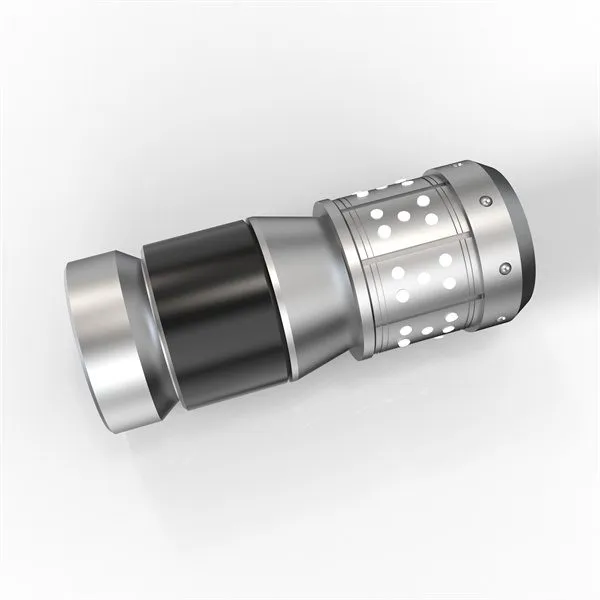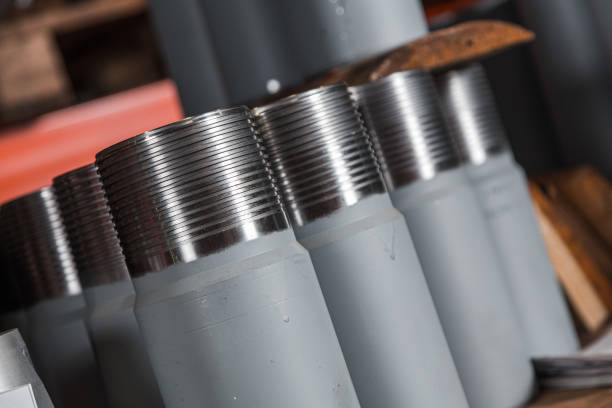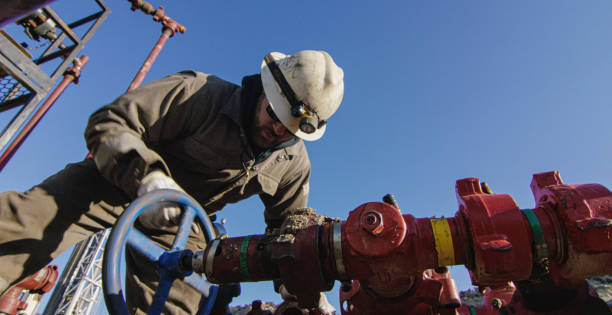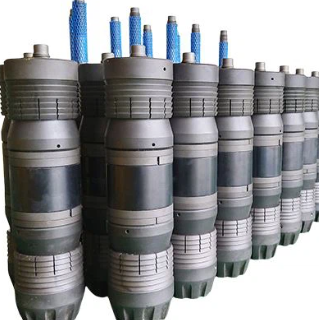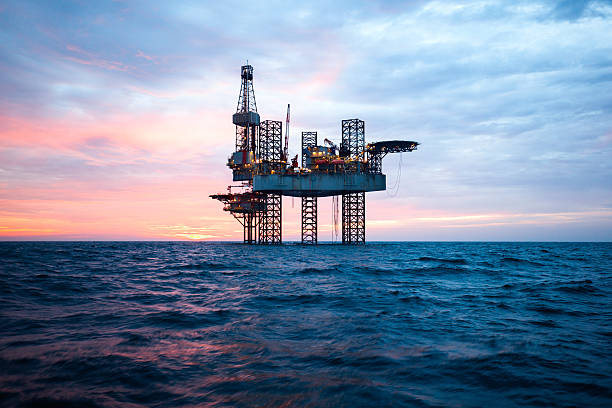Spanish
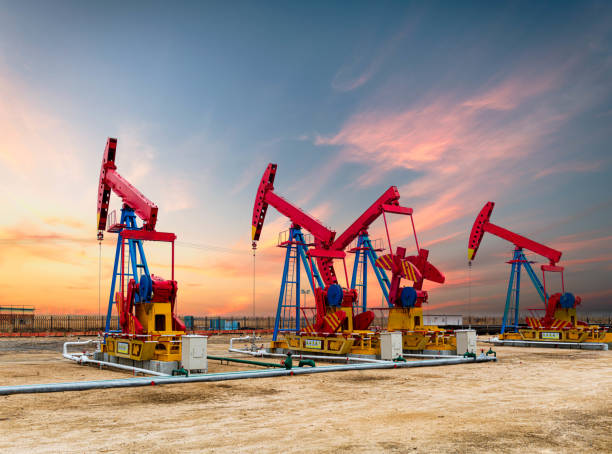
Oil and Gas Equipment for Sale: How to Choose the Right Solutions for Your Operations

The oil and gas industry is one of the most capitalintensive sectors in the world. Whether you are managing upstream exploration, midstream transportation, or downstream refining, having the right equipment is essential to maintain operational efficiency, safety, and profitability. When searching for oil and gas equipment for sale, it’s critical to know what to look for, where to buy, and how to evaluate the true value of each asset.
In this article, we’ll explore the types of oil and gas equipment available on the market, what factors to consider before making a purchase, and how to find reliable sellers to ensure longterm performance.
Types of Oil and Gas Equipment for Sale
Oil and gas operations require a wide range of machinery and tools. Here are the most commonly available categories of equipment for sale:
- Drilling Equipment
Drilling is the backbone of upstream oil exploration. Equipment in this category includes:
Rotary rigs
Top drives
Mud pumps
Blowout preventers (BOPs)
Drill collars and pipes
Buyers must ensure this equipment complies with international safety standards and is capable of operating under extreme pressure and temperature.
- Production Equipment
Once a well is drilled, production equipment ensures steady oil or gas extraction. Key products include:
Separators (2phase and 3phase)
Heat exchangers
Production tanks
Artificial lift systems (ESPs, rod pumps)
Surface safety valves
Purchasing highquality production systems can drastically reduce downtime and maintenance costs.
- Pipeline and Midstream Equipment
For transporting oil and gas from wells to refineries or export terminals, midstream equipment plays a crucial role:
Pipeline valves
Compressor stations
Pumps and meters
Pig launchers and receivers
Efficiency and corrosion resistance are essential qualities to look for in this category.
- Refining and Processing Equipment
Downstream equipment supports refining, liquefaction, and storage:
Distillation columns
Desalters
Reactors
Storage tanks
Control valves and sensors
Choosing equipment with energyefficient features can significantly improve margins in refining operations.
New vs. Used Oil and Gas Equipment
When browsing oil and gas equipment for sale, buyers often face a choice between new and used machinery. Each option has its advantages:
New Equipment:
Comes with a manufacturer warranty
Complies with the latest safety regulations
Includes updated technology for automation and monitoring
Used Equipment:
Lower upfront cost
Immediate availability
Often available from project overstock or site decommissioning
It’s important to balance budget with reliability. Used equipment should be inspected and tested before purchase to ensure it meets operational requirements.
Factors to Consider When Buying Oil and Gas Equipment
Before making a purchase, consider the following key factors:
- Certifications and Compliance
Ensure that the equipment meets relevant certifications such as API, ASME, or ISO standards. Equipment that lacks certification may pose operational and legal risks.
- Operational Needs
Not all equipment is suited for every oil and gas environment. Consider the operational pressures, temperatures, and corrosive elements your site is exposed to. Choose materials and designs that can handle your specific conditions.
- AfterSales Support
Sourcing equipment from reputable sellers ensures access to spare parts, maintenance manuals, and technical support. Strong aftersales service can significantly reduce longterm costs.
- Logistics and Installation
Some oil and gas equipment is bulky and may require special handling. Make sure the seller offers delivery services, and consider the cost of installation and commissioning.
Where to Find Oil and Gas Equipment for Sale
Today, many trusted platforms and suppliers specialize in the sale of oil and gas equipment. Here are some avenues to explore:
Online Marketplaces: Websites like Machinio, Oilpatch Surplus, and EquipNet list a variety of equipment for global buyers.
Industry Auctions: Companies often auction surplus equipment after project completion. These are great for finding highquality used machines at competitive prices.
OEM Distributors: Purchasing directly from Original Equipment Manufacturers (OEMs) ensures quality and warranty coverage.
Broker Services: If you need customized sourcing, oil and gas equipment brokers can help you locate specific machinery with verified documentation.
When dealing with online platforms, always verify seller credibility through user reviews, business licenses, and service records.
Benefits of Investing in the Right Equipment
Investing in the right oil and gas equipment not only improves operational efficiency but also contributes to:
Enhanced Safety: Quality equipment reduces the risk of accidents and environmental hazards.
Operational Uptime: Reliable machinery decreases maintenance frequency and boosts output.
Regulatory Compliance: Certified equipment helps companies meet environmental and safety regulations.
Cost Control: Energyefficient and lowmaintenance equipment cuts longterm operating costs.


